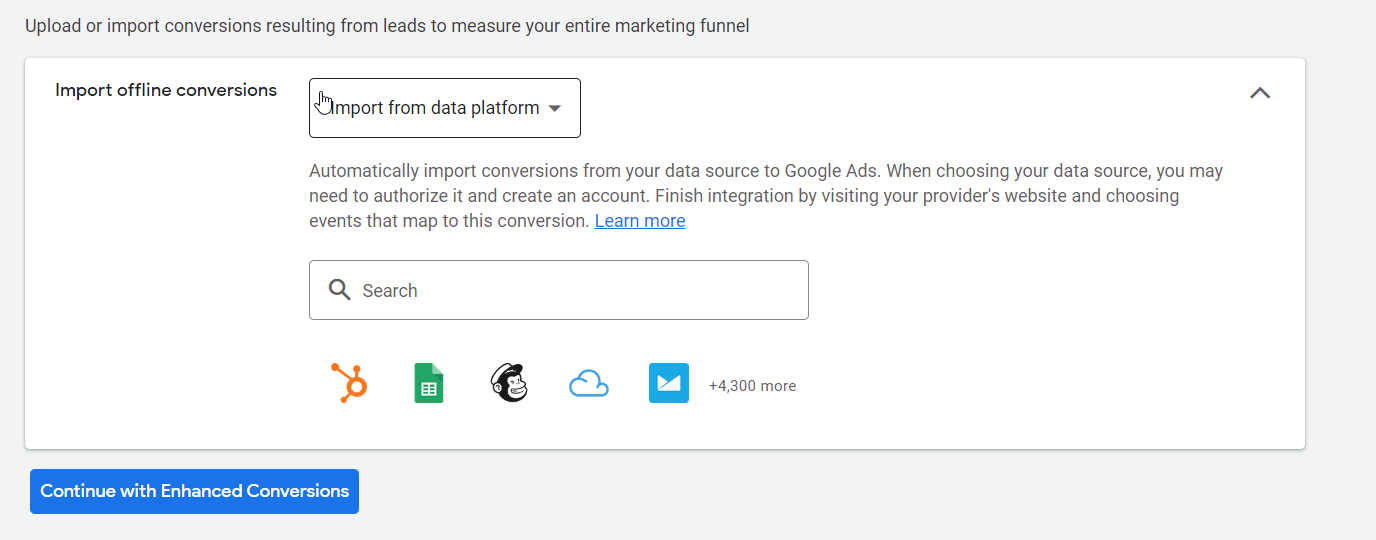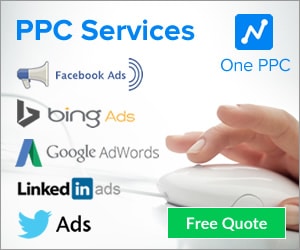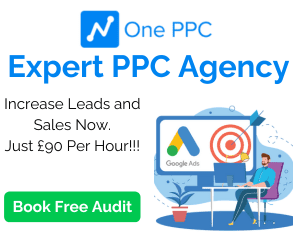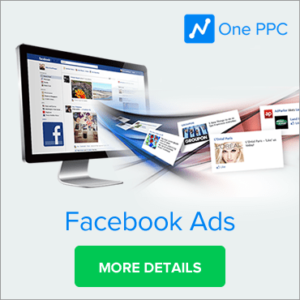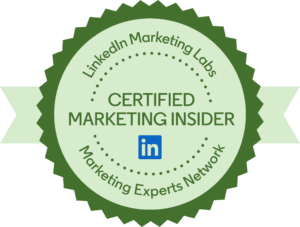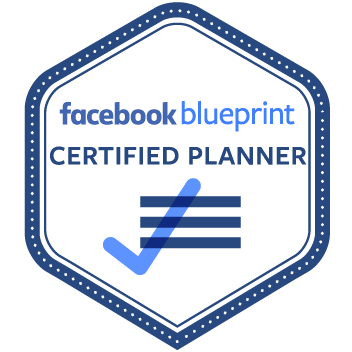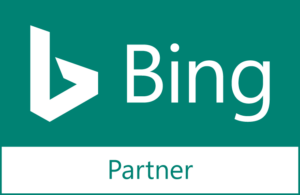Did you know that CRM advertising enables you to achieve better results from ad platforms like Google, LinkedIn, and Facebook?
In the ever-evolving world of online advertising, CRM advertising provides a strategic advantage for staying ahead of competitors. Gain enhanced targeting, optimisation, and reporting capabilities to help scale your business.
CRM advertising equips you with the ability to track leads from their initial click through the entire sales process, culminating in their conversion to a customer—all seamlessly managed within your CRM platform against each contact record.
The collaboration of CRM and advertising not only allows for precise targeting of high-quality leads likely to convert into customers but also facilitates the tailoring of marketing efforts to align with buyer personas and ideal customer profiles (ICP).
🚀✨ Don’t settle for less – upgrade your advertising strategy now! 💡
Join us on a journey to uncover the latent potential of CRM advertising. The revelations that await promise to reshape your perception of advertising. Get ahead of the competition by supercharging your advertising campaigns.
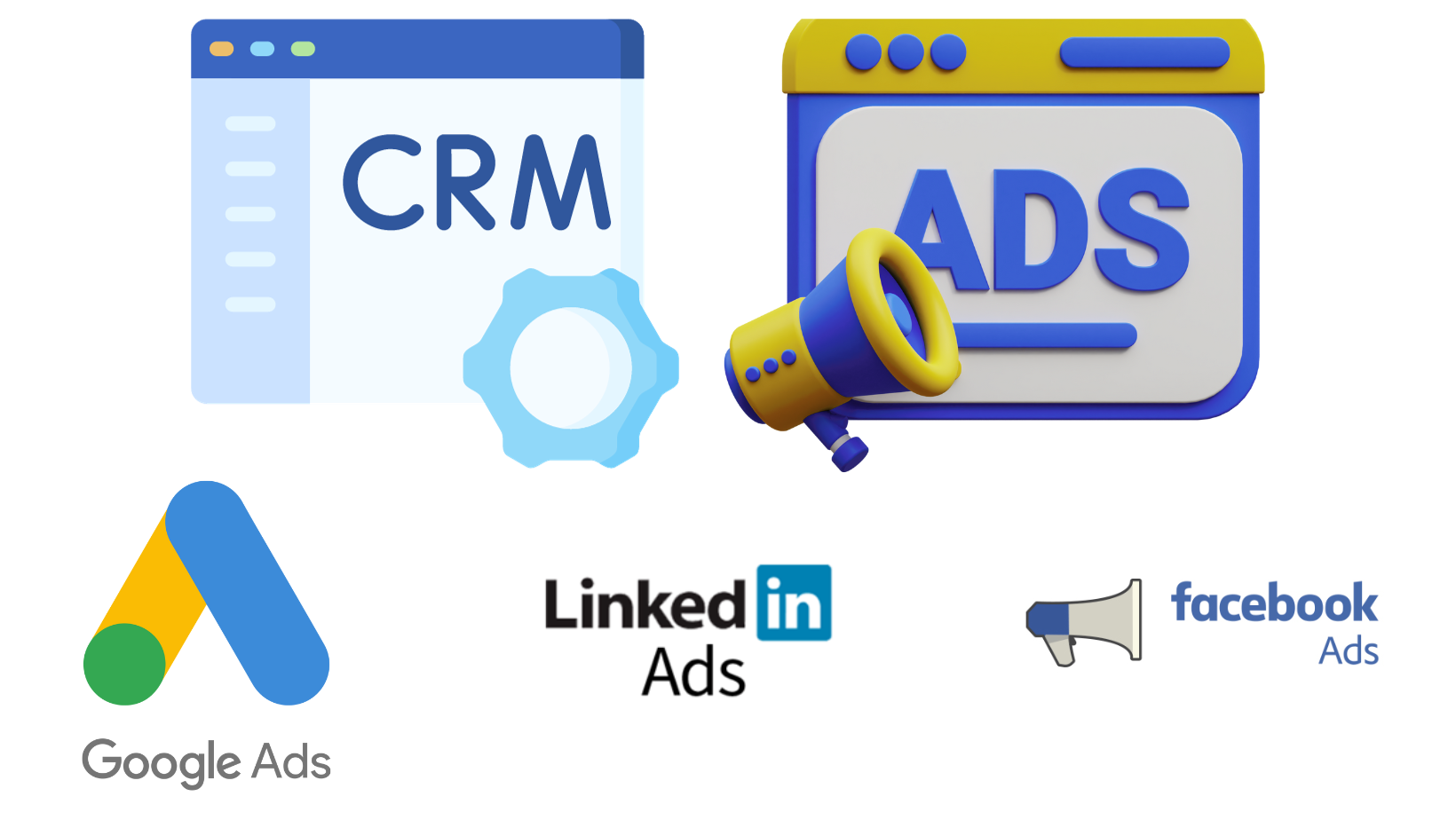
Table of Contents
- What is CRM Advertising?
- How does CRM Advertising work?:
- The Benefits of CRM Advertising
- Increase Profitability
- Competitive Advantage
- Improved Reporting & Analytics
- Improved Targeting
- Improved Optimisation
- Offline Conversion Tracking
- Maximise Machine Learning
- Lead Scoring to Improve Quality
- Compelling Ad Creatives
- End of 3rd party Cookies:
- In-Depth Customer Journey:
- Marketing Automation:
- Lead Nurturing
- Improved Retargeting
- How to Measure Lead Quality with Offline Conversion Tracking
- CRM Advertising: E-commerce (Product) vs. Lead Generation (Services)
- Practical Examples of CRM Advertising:
- Go Beyond CPA Optimisation
- Maximising the AI Machine learning of Ad Platforms
- Examples of using CRM Advertising
- The End of 3rd-party Cookies & Tracking
- Lead Ads (Forms) on LinkedIn, Facebook and Google
- Elevating Lead Nurturing with Retargeting & Email Marketing
- Audience Creation and Sharing 1st-party Data
- Embarking on Your CRM Advertising Journey
- How to Create Audiences for Targeting
- Conclusion
What is CRM Advertising?
CRM (Customer Relationship Management) software serves as a consolidated database bridging online and offline marketing.
CRM advertising leverages your marketing database to refine your online advertising efforts by utilising contact details, website interactions, purchase history, social media engagements, and more. By tapping into this wealth of CRM data, advertisers can go beyond the third-party targeting ability available within online advertising interfaces (e.g., Google, LinkedIn, Facebook).
Offline activities, such as lead lifecycle, can also be synced with ad platforms like Google Ads to qualify leads and provide the AI (Artificial Intelligence) with more data to identify the highest-quality leads, rather than just maximising lead quantity as done by most companies.
CRM advertising helps you identify touchpoints within the buyer attribution funnel and determine which strategies, targeting, and ad copy work best.
The integration of CRM data and advertising results in campaigns that resonate with your ideal buyer profile, driving better quality leads more likely to become customers. This synergy contributes to growth and success.
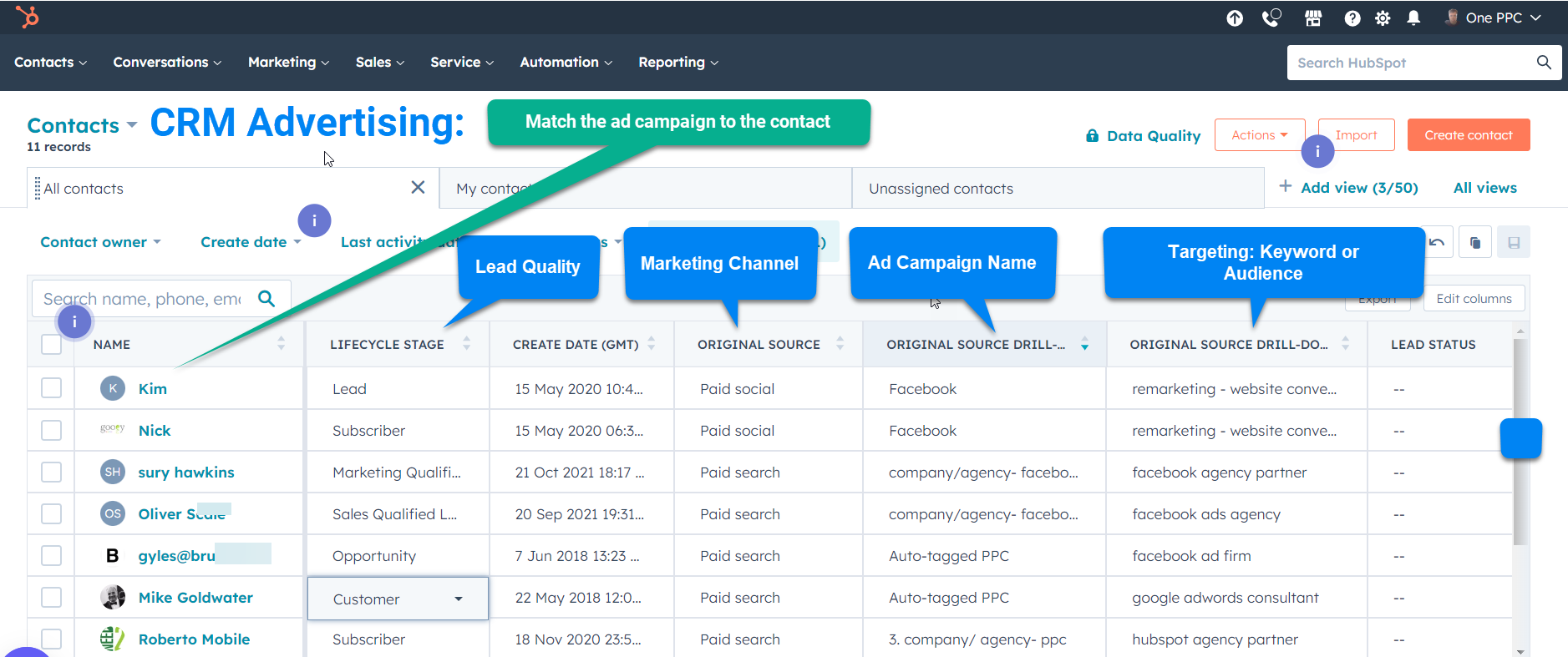

How does CRM Advertising work?:
CRM advertising empowers you to seamlessly integrate your own data into the ad platform, enabling precise targeting and bid optimisation based on the lifecycle progression of leads.
The synergy of a CRM platform with an ad platform unlocks the ability for advertisers to craft audiences using CRM data—your proprietary 1st-party data. This can be used independently or in conjunction with 3rd-party targeting options available on the ad platforms.
1st-party data, encompasses information directly collected by your organisation from various sources such as customer interactions, prospects, or website users. This data, under your ownership and control, is typically acquired through your website, mobile apps, offline locations, events, and more.
The richness of 1st-party data provides valuable insights into customer behaviours, preferences, demographics, purchase history, and interactions with your products or services. It draws from diverse systems like CRM, email system or payment processors such as Stripe.
Utilising this data, you can not only retarget individuals based on their browser cookies or email addresses (from form submissions) on most ad platforms, but also extend your reach to employees within the same company. on LinkedIn. For example, you can construct an audience comprising prospects who visited your website, creating a company list using IP addresses to identify the prospects’ companies. Subsequently, you can retarget other employees of the same company on platforms like LinkedIn, enhancing your advertising precision and effectiveness.
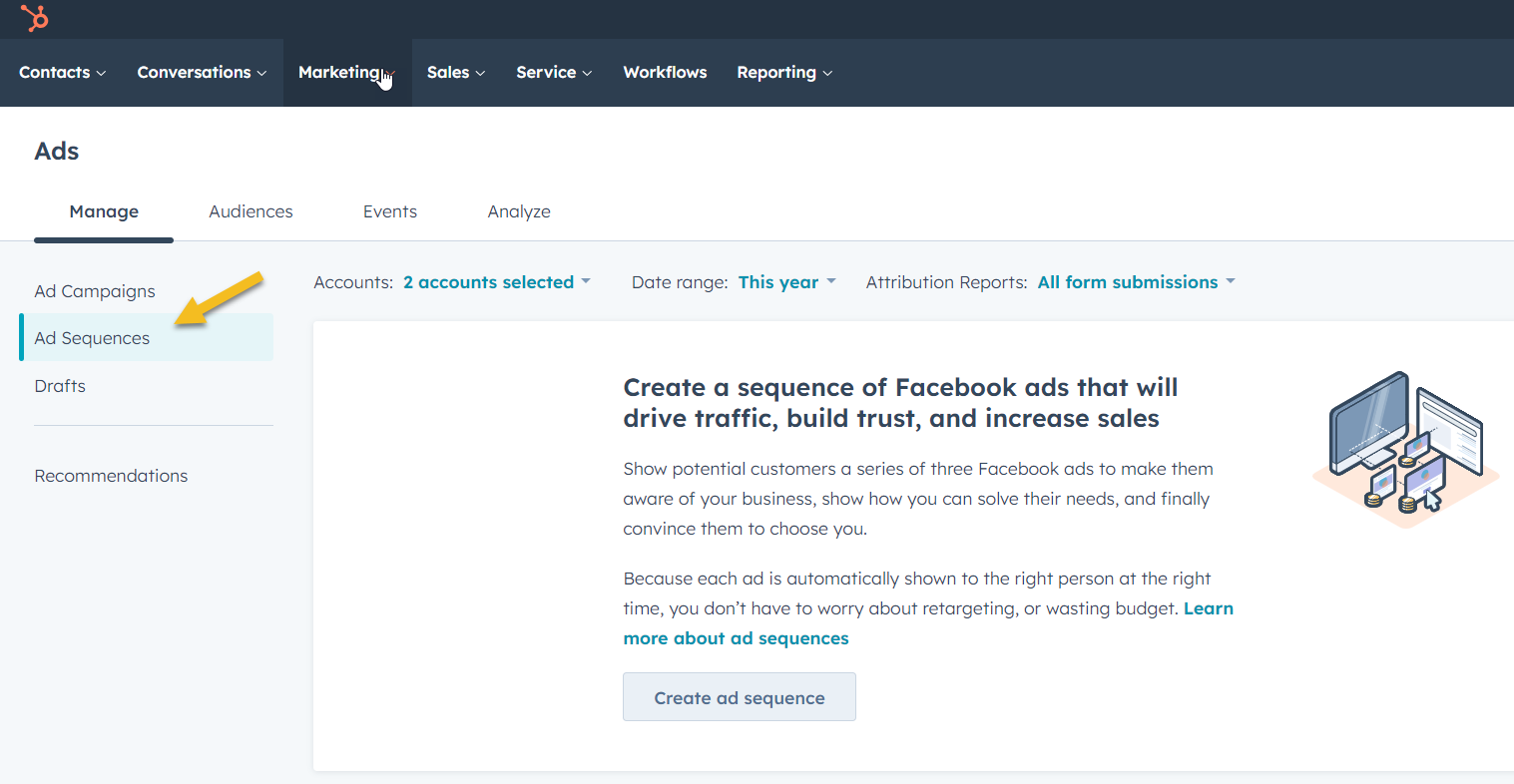
The Benefits of CRM Advertising
In the modern advertising landscape, CRM advertising seamlessly integrates data-driven precision with advertising finesse. By effortlessly merging CRM, financial, email, and other systems with ad platforms like Facebook Ads, LinkedIn Ads, and Google Ads, businesses can gain comprehensive insights, improve lead quality, and enhance lead nurturing and sales processes, all while scaling their operations.
Increase Profitability
Achieve a superior advertising return on investment (ROI) by leveraging precise targeting and bid optimisation through the ad platforms’ AI machine learning capabilities. Recognise that not every lead holds the same quality and value. Optimising for later stages in the lead lifecycle allows you to instruct the system to acquire better quality leads—those more likely to become customers or high-value sales prospects.
Competitive Advantage
CRM advertising represents a strategic weapon that many competitors have yet to employ, providing an extra dimension to your advertising efforts. Your CRM system serves as a repository for all leads and customer data, offering insights into the transformation of leads into customers.
Improved Reporting & Analytics
Gain valuable insights into converting campaigns, keywords, and ads to measure the cost per lead, sales deal, and customer metrics. Integrating CRM with ad platforms facilitates automated reporting on advertising performance, lead quality, lead progression, and conversion rates. Quantify the impact of online ads on offline business outcomes through offline conversion tracking reporting, refining strategies for budget allocation and facilitating well-informed decisions.
Improved Targeting
Enhance ad targeting with 1st-party CRM data covering interests, demographics, and purchase history for pinpoint accuracy. Utilise CRM audiences to tailor advertising on Google, LinkedIn, and Facebook to increase both online and offline conversions. Amidst the waning influence of third-party cookies, a shift towards first-party data collection is imperative to harmonise online and offline conversions through click ID and contact record synchronisation.
Improved Optimisation
Capture more conversions with first-party data for enhanced optimisation and ROI. Identify where to invest and where to cut back to optimise your advertising budget on platforms like Google, LinkedIn, and Facebook. Insights into customer behaviour fine-tune bidding and targeting strategies, ensuring that ads resonate with the most valuable audiences.
Offline Conversion Tracking
In an evolving advertising landscape, offline conversion tracking emerges as a vital necessity, enhancing measurement accuracy and campaign optimisation. Overall, offline conversion tracking helps bridge the gap between online and offline customer behaviour, providing a more comprehensive tracking dataset for improving the effectiveness of advertising campaigns.
Seamlessly track leads from ad click to conversion with CRM systems, fostering a deep understanding of marketing campaigns for continual improvement. Unearth which keywords generate leads that become customers and which ads serve as touchpoints in the customer journey. Leverage this data to enhance campaign efficiency and optimise the allocation of ad budgets.
Maximise Machine Learning
Syncing lead lifecycle stages from a CRM to Google Ads, Facebook Ads, and LinkedIn Ads provides advertisers with valuable insights into lead quality, allowing for more effective ads, optimised campaigns for lead quality, and improved ROI. Synching your lead lifecycle changes lets ad platforms know which leads are of quality, optimising your bidding and budget to maximise sales revenue.
Lead Scoring to Improve Quality
Prioritise leads based on quality variables, ensuring efficient resource allocation. Optimise for high-quality customers, going beyond standard cost-per-lead events.
Compelling Ad Creatives
Ensure the right message reaches the right person at the right time for improved results. Analysing offline conversion data unveils effective messaging and offers, resulting in ads that deeply resonate with customers. Craft personalised and relevant ads that resonate with the target audience, leading to higher click-through rates, conversion rates, and increased customer lifetime value.
End of 3rd party Cookies:
With the decline of third-party cookies and tracking technologies, advertisers are confronted with challenges in targeting and monitoring user behaviour. In response to growing privacy concerns and regulatory changes, a strategic shift towards collecting and integrating first-party data from Customer Relationship Management (CRM) systems with ad platforms becomes imperative. This approach ensures compliance with privacy regulations, establishes transparent and direct relationships with users, grants advertisers ownership and control of their data, enhances audience targeting precision, improves cross-device tracking, boosts retargeting effectiveness, facilitates accurate ad measurement and attribution, and establishes a long-term sustainable advertising strategy. Essentially, integrating first-party data with ad platforms is a crucial solution, enabling advertisers to navigate the evolving landscape while maintaining precision, compliance, and effectiveness in their advertising endeavours.
In-Depth Customer Journey:
Gain insights into the customer journey, accurately attributing sales and driving revenue growth. Shorten the lead lifecycle, convert more prospects into customers, and optimise marketing processes for efficiency and conversion-driven success.
Marketing Automation:
Automate lead distribution and nurture cycles to optimise lead progression. Free up time for business growth by automating routine optimisation tasks using CRM systems. Streamline lead capture, enhance conversion rates, and optimise marketing through automation and integration with Lead Ads (Form extensions).
Lead Nurturing
Leads Ads on LinkedIn and Facebook generate a higher quantity of leads, but many can be higher in the buyer funnel than traffic from Google Search. Automate lead nurturing to guide leads down the funnel. Send personalised emails and messages to leads to nurture relationships and boost deal closures to bolster the offline conversion process.
Improved Retargeting
Syncing lead lifecycle stages from a CRM can also help advertisers with retargeting efforts. For example, if a prospect has a long sales cycle, use this information to show targeted ads that encourage the prospect through the buyer journey to become a customer or upsell and cross-sell to an existing customer.
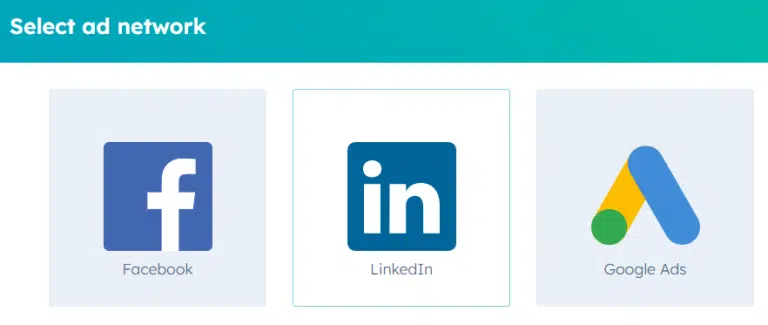
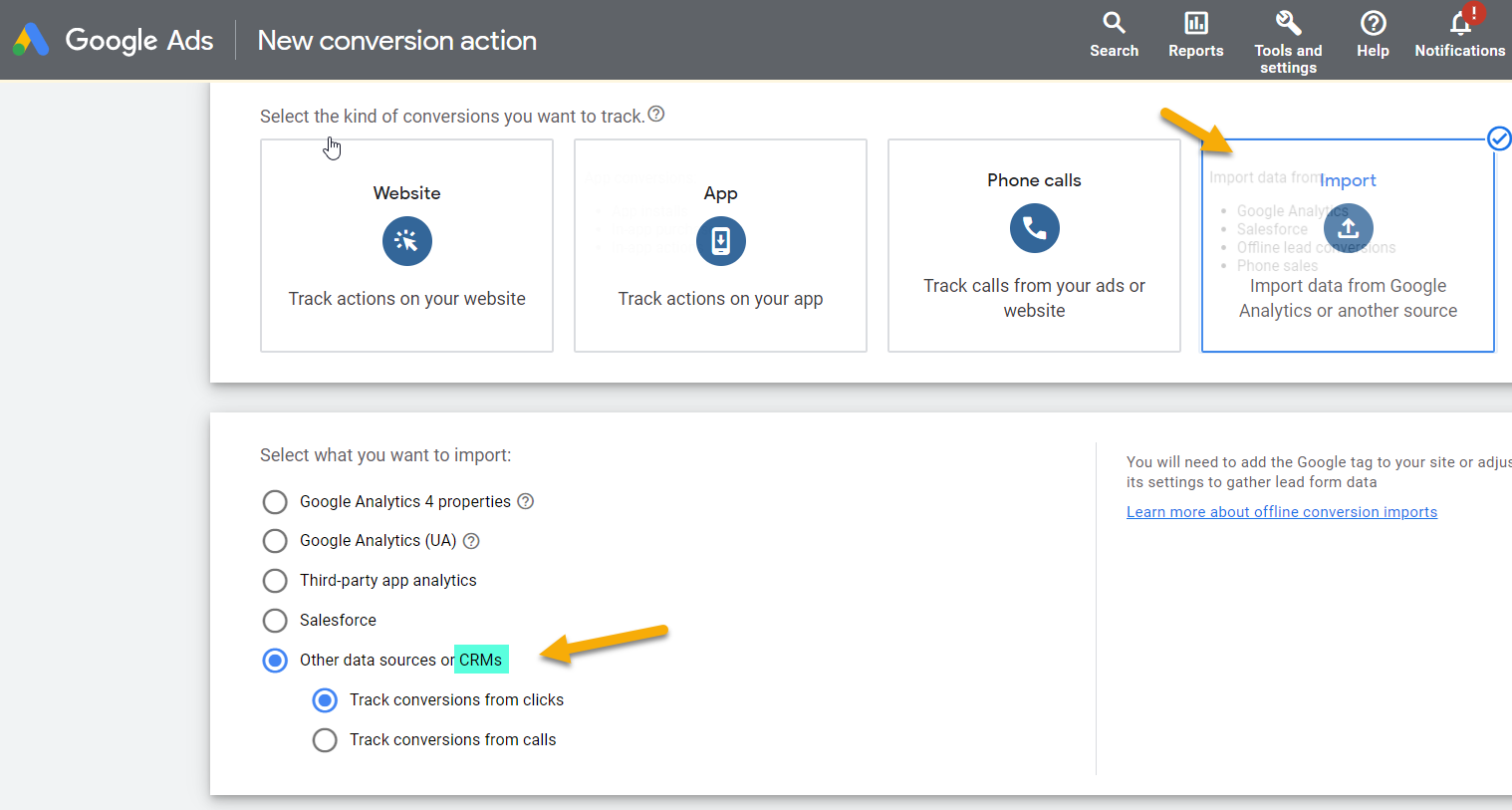
How to Measure Lead Quality with Offline Conversion Tracking
Offline conversion tracking extends beyond monitoring online actions to encompass offline activities like telephone and face-to-face sales. A CRM system facilitates tracing the entire journey from ad click to purchase, and this information can be synchronised back to the ad platforms.
By integrating a CRM with offline conversion tracking, you can effectively score leads, tracking their progress, whether they’re Sales Qualified Leads (SQLs), sales quotes, customers, or identified as a poor fit (negative persona).
This approach provides a comprehensive understanding of lead quality, helping identify which keywords or campaigns most frequently result in actual customers rather than just leads.
These insights enable precise lead scoring, ensuring that the majority of your budget is directed towards leads smoothly transitioning through the sales cycle—from initial lead to marketing qualified lead and eventually to a deal/quote or customer.
Offline conversion tracking empowers advertisers to strike the right balance between the best mix of lead quality and quantity, prioritising meaningful lead lifecycle events like sales-qualified leads (SQLs) or converted customers over generic leads. Essentially, every interaction and conversion becomes a pivotal moment for further optimisation.
Setup offline conversions inside Google Ads, then view them inside your CRM as per the example below.
CRM Advertising: E-commerce (Product) vs. Lead Generation (Services)
CRM advertising is a transformative tool for both e-commerce and service-based companies. For e-commerce businesses, it enables the creation of personalised shopping experiences, enhanced targeting, optimised ad spend, automated lead nurturing, and comprehensive reporting. For service companies, it offers precision targeting, enhanced lead nurturing, optimised lead scoring, and comprehensive analytics and reporting.
By leveraging CRM data to craft targeted ads for specific audiences, businesses can develop personalised and relevant content that resonates effectively with their target demographic. This results in more lucrative advertising, boasting higher conversion rates and increased customer lifetime value.
Personalised Customer Experience:
E-commerce:
CRM advertising empowers e-commerce businesses to create highly personalised shopping experiences. By analysing customer data such as purchase history, browsing behaviour, and preferences stored in the CRM, businesses can tailor their advertising campaigns to individual customers. This results in more relevant ads that resonate with shoppers, increasing the likelihood of conversions and fostering customer loyalty.
Lead Generation (Services):
Service-based companies can also benefit from personalised experiences. By leveraging CRM data, they can tailor ads to potential clients based on their interactions, such as downloading a whitepaper or attending a webinar. This personalised approach helps in building trust and guiding prospects through the decision-making process, ultimately enhancing the chances of conversion.
Enhanced Targeting Capabilities:
E-commerce:
E-commerce platforms can significantly benefit from the advanced targeting options provided by CRM advertising. By utilising first-party data from their CRM, businesses can create custom audiences based on specific criteria such as past purchases, abandoned carts, or engagement levels. These custom audiences ensure that advertising efforts are focused on high-potential customers who are more likely to make a purchase, thereby maximising the return on investment (ROI).
Lead Generation (Services):
For service-based companies, precision targeting is equally crucial. By using CRM data, businesses can segment their audience based on demographics, job titles, industries, and past interactions. This allows for highly targeted campaigns that reach decision-makers and stakeholders who are most likely to benefit from the services offered, thereby improving lead quality and campaign effectiveness.
Optimised Ad Spend:
E-commerce:
CRM advertising enables e-commerce businesses to optimise their ad spend effectively. Through the integration of CRM data with advertising platforms, businesses can track the entire customer journey from initial click to final purchase. This comprehensive tracking allows for better budget allocation by identifying which ads and keywords generate the most valuable leads and sales. Consequently, e-commerce businesses can reduce wasteful spending and invest more in high-performing campaigns.
Lead Generation (Services):
Service-based companies can similarly optimise their ad spend by using CRM data to track the effectiveness of their campaigns in generating high-quality leads. By analysing which ads and keywords lead to the most conversions, businesses can allocate their budgets more efficiently, focusing on strategies that deliver the best results. This ensures that marketing efforts are cost-effective and yield a higher ROI.
Automated Lead Nurturing:
E-commerce:
Automating lead nurturing processes is another significant advantage of CRM advertising for e-commerce. By integrating CRM systems with advertising platforms, businesses can set up automated workflows to send personalised emails and messages to leads at different stages of the buyer journey. This automation ensures timely follow-ups, keeps customers engaged, and guides them towards making a purchase, thereby increasing the overall conversion rate.
Lead Generation (Services):
In the realm of lead generation, automated nurturing is equally vital. Service companies can use CRM-integrated advertising to automate follow-ups with potential clients, providing personalised content based on their interests and behaviours. This continuous engagement helps maintain interest and moves leads closer to conversion, improving the efficiency of the sales funnel.
Comprehensive Reporting and Analytics:
E-commerce:
CRM advertising offers e-commerce businesses detailed insights into their advertising performance. By combining CRM data with ad platform metrics, businesses can measure crucial parameters such as cost per acquisition, customer lifetime value, and return on ad spend (ROAS). These insights enable data-driven decision-making, helping businesses refine their marketing strategies, improve targeting accuracy, and ultimately boost sales and profitability.
Lead Generation (Services):
Service-based companies also gain valuable insights from comprehensive analytics. By integrating CRM data with advertising metrics, businesses can track key performance indicators (KPIs) such as cost per lead, cost per acquisition, and lead progression through the sales funnel. This holistic view enables service companies to fine-tune their marketing efforts, allocate resources effectively, and enhance overall campaign performance.
Practical Examples of CRM Advertising:
E-commerce:
Abandoned Cart Retargeting: By integrating CRM data with advertising platforms, e-commerce businesses can retarget customers who have abandoned their shopping carts. Ads can be personalised with the exact products left in the cart, encouraging customers to complete their purchases.
Seasonal Promotions: E-commerce businesses can use CRM data to identify customers who frequently shop during specific seasons or holidays. Targeted ads with personalised offers and discounts can be created for these customers, increasing the chances of seasonal sales.
Product Recommendations: Leveraging purchase history and browsing behaviour from the CRM, businesses can create ads that recommend products similar to what customers have previously bought or shown interest in. This personalised approach enhances the shopping experience and drives repeat purchases.
Loyalty Program Integration: For e-commerce businesses with loyalty programs, CRM advertising can be used to target loyal customers with exclusive offers and rewards. Ads can highlight loyalty points, special discounts, and upcoming promotions, fostering customer retention and satisfaction.
Lead Generation (Services):
Targeted LinkedIn Campaigns: Service companies can leverage CRM data to create highly targeted LinkedIn ad campaigns. By focusing on specific industries, job titles, or companies that match their ideal customer profile (ICP), businesses can reach decision-makers who are more likely to be interested in their services.
Retargeting Webinar Attendees: If a service company hosts webinars, integrating CRM with advertising platforms allows for effective retargeting of attendees. Ads can be customised to address specific pain points discussed in the webinar, encouraging attendees to take the next step, such as scheduling a consultation or downloading additional resources.
Nurturing High-Quality Leads: By using CRM data to identify high-quality leads, service companies can set up automated nurturing campaigns. These campaigns can include a series of personalised emails and ads designed to keep the company top-of-mind and provide valuable information, gradually moving leads closer to a purchase decision.
Optimising Ad Spend: Service companies can use CRM data to track the effectiveness of their ad campaigns in generating high-quality leads. By analysing which ads and keywords lead to the most conversions, businesses can allocate their ad spend more efficiently, focusing on strategies that deliver the best results.
Go Beyond CPA Optimisation
In the realm of advertising strategies, service companies have traditionally focused on optimising their approach for a cost per lead using target CPL (Cost Per Lead), aiming to acquire the most leads at the lowest cost.
It’s essential to acknowledge that not all leads possess the same value, as some are more likely to convert into customers, and certain leads may yield a higher long-term value. This is particularly true when you scale your account with more audience targeting at varying stages of the buyer funnel.
While many advertisers prioritise obtaining the maximum number of leads at the lowest cost through CPA optimisation (e.g., Lowest Cost Per Lead), offline conversion tracking offers a more advanced approach that delves deeper than mere cost-per-lead optimisation. By honing in on these high-quality leads, you can optimise your budget allocation, thereby enhancing your ROI. This strategy becomes even more crucial as targeting options diversify higher up the advertising funnel, where lead quality might vary.
So, rather than fixating solely on quantity, the emphasis now shifts towards prioritising lead progression tracking for enhanced bidding strategies, leading to the acquisition of high-quality leads. This optimisation strategy moves beyond early lead events and directs attention to later stages in the lead lifecycle, including qualified leads, sales proposals, and converted customers.
Instead of optimising for a lead event, such as an online form submission or phone call, consider optimising for specific outcomes like the cost per SQL (Sales Qualified Lead), cost per sales opportunity (deal, quote, proposal), or cost per customer. You can choose to optimise for all events in your lead lifecycle or focus on a specific stage beyond the lead event step.
It’s crucial to note that for machine learning to perform effectively, a minimum number of conversions is required. For instance, with Google, a minimum of 20 conversions per month is recommended. Therefore, carefully consider this requirement when selecting a stage in your sales funnel for optimisation.
In today’s advertising landscape, where quality prevails over sheer quantity, the importance of offline conversion tracking as a transformative optimisation tool cannot be overstated. Going beyond conventional online conversion tracking centred on the cost per lead, the real value lies in optimising for tangible outcomes: cost per customer, cost per Sales Qualified Lead (SQL), and cost per quoted customer.
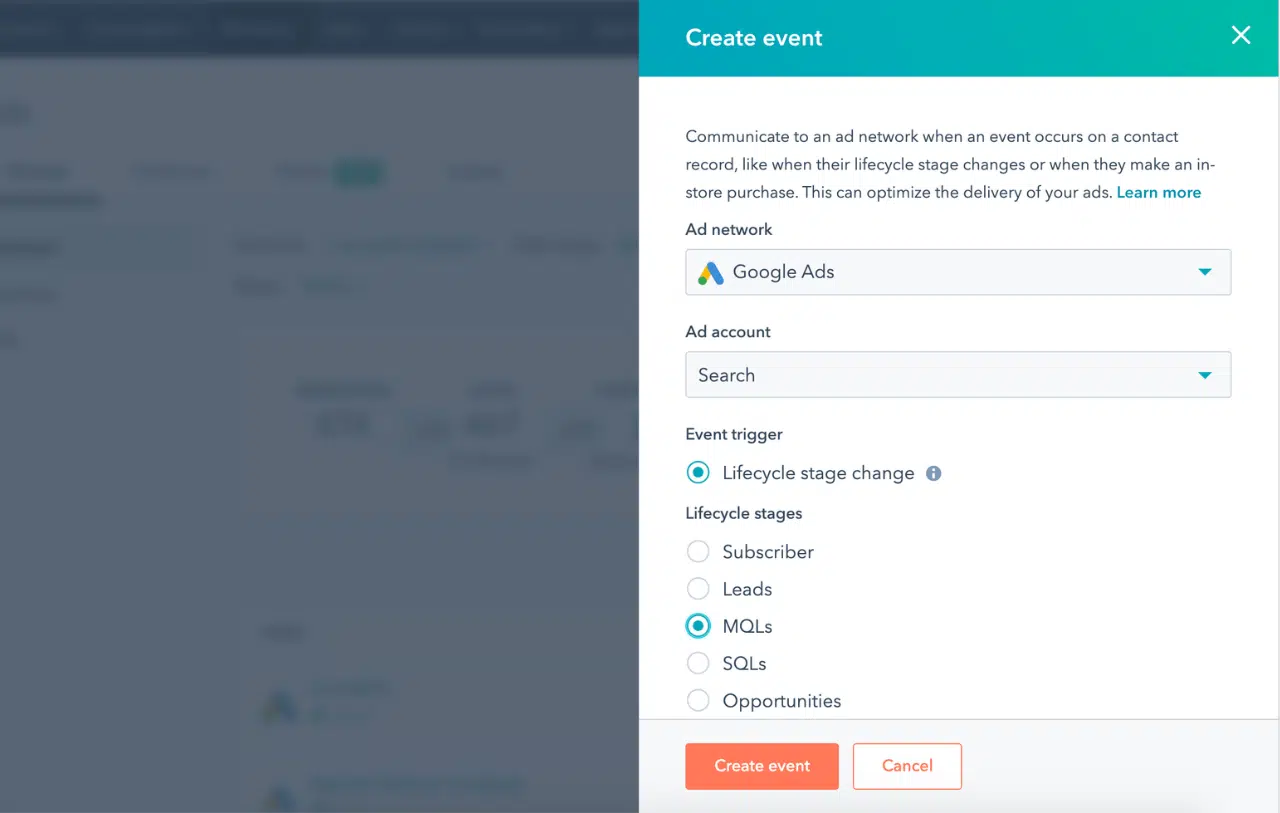
Maximising the AI Machine learning of Ad Platforms
AI’s pervasive influence extends to online advertising, and acquiring more conversion data significantly enhances the potential of machine learning. Elevated data quality serves as a cornerstone for training AI models, facilitating pattern recognition and real-time auction predictions.
Embracing these strategies not only improves data quality but also fine-tunes the training process, maximising the capabilities of machine learning in advertising. Leveraging AI-powered techniques enables the utilisation of advanced bidding strategies, leading to superior ad performance, increased ROI, enhanced personalisation, and more effective retargeting. By incorporating these approaches, your advertising efforts are poised to stay at the forefront in today’s AI-driven landscape.
Examples of using CRM Advertising
Specifically, here are some examples of how a CRM system enhances Google Ads, LinkedIn Ads, and Facebook Ads campaigns:
Google Ads:
Google Ads provides essential metrics like conversions, leads, and cost per conversion. However, integrating a CRM system takes this a step further by offering detailed reporting metrics such as cost per customer and cost per sales quote/deal/proposal. This integration also enables the calculation of Cost vs Revenue (ROAS), providing a comprehensive revenue operations capability when combined with advertising efforts.
CRM integration goes beyond basic reporting, offering insights into campaign performance. It unveils the top-performing keywords that drive leads, quotes, and customers. Armed with this data, campaign optimisation becomes a strategic tool for maximising budget efficiency and achieving the best ROI.
LinkedIn Ads:
Similar to Google Ads, LinkedIn Ads benefit from CRM integration, providing enhanced targeting capabilities. Creating audiences based on company names of past website visitors using the IP of the company domain elevates the precision of ad targeting. Efficient tracking of leads generated by LinkedIn Ads sharpens targeting precision further. The collected data enables more effective ad customisation, ultimately boosting conversion rates.
Facebook Ads:
For Facebook Ads, CRM integration offers similar capabilities to Google Ads and LinkedIn Ads. You can import a variety of audiences from your CRM for ad targeting, ensuring a more personalised approach. Additionally, syncing lead lifecycle changes with Facebook informs the platform about the quality of leads, allowing for optimised bidding and budget allocation to maximise sales revenue. This strategic integration enhances the overall effectiveness of Facebook advertising campaigns.
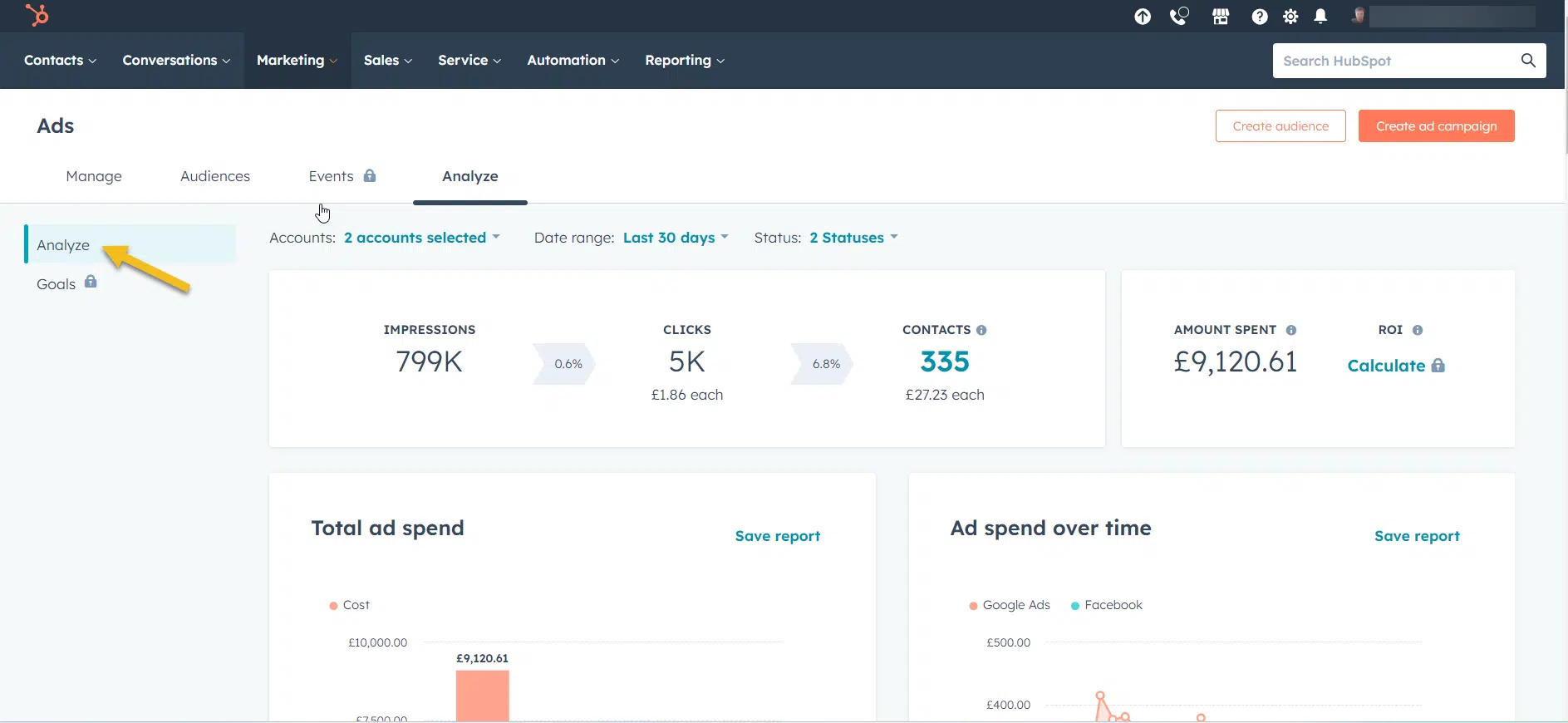
The End of 3rd-party Cookies & Tracking
The diminishing use of third-party cookies and tracking technologies, coupled with their eventual discontinuation, presents considerable challenges for advertisers reliant on these tools for targeting and monitoring user behaviour across the internet.
This shift primarily stems from growing privacy concerns, heightened regulations, and alterations in browser policies. As access to third-party data becomes more restricted, the acquisition and utilisation of first-party cookies data within a Customer Relationship Management (CRM) system become increasingly pivotal. The integration of this first-party cookie data with ad platforms emerges as a strategic manoeuvre for advertisers. Here’s how:
Privacy Compliance:
Challenge: third-party cookies are often perceived as invasive by users, prompting increased privacy regulations (e.g., GDPR, CCPA) and limitations on third-party tracking.
Solution: first-party cookie data, gathered directly from users who willingly provide information, aligns with privacy regulations. Integrating this data with ad platforms ensures compliance and fosters trust with users.
User Relationship Building:
Challenge: third-party tracking can be viewed as intrusive, potentially damaging the advertiser’s relationship with users.
Solution: first-party cookies data, obtained through user interactions with the brand, fosters a direct and transparent relationship. Integrating this data allows for personalised and respectful ad targeting, enhancing the user experience.
Data Ownership:
Challenge: Advertisers have limited control and ownership of third-party data, relying on external providers.
Solution: first-party cookie data is owned and controlled by the advertiser. Integrating this data with ad platforms ensures a direct and secure connection, allowing businesses to leverage their data fully.
Audience Targeting Precision:
Challenge: third-party cookies provide broad audience segments, limiting precise targeting.
Solution: Integrating first-party cookie data with ad platforms enables advertisers to create highly targeted and custom audiences. This precision improves ad relevance and engagement.
Cross-Device Tracking:
Challenge: third-party cookies struggle with accurate cross-device tracking, leading to fragmented user profiles.
Solution: first-party cookie data collected in a CRM offers a unified view of user interactions. Integrating this data with ad platforms allows for more accurate cross-device targeting and a seamless user experience.
Retargeting Effectiveness:
Challenge: third-party cookies for retargeting can be less effective due to incomplete data and ad blockers.
Solution: By integrating first-party cookies data with ad platforms, advertisers can improve retargeting effectiveness. They can create custom audiences based on user interactions within their CRM, ensuring more relevant and engaging retargeting campaigns.
Ad Measurement and Attribution:
Challenge: tracking limitations affect ad measurement and attribution accuracy.
Solution: First-party data, when integrated with ad platforms, provides a more accurate and comprehensive view of the customer journey. Advertisers can measure campaign performance and attribute conversions more reliably.
Long-term Sustainability:
Challenge: The decline of third-party tracking technologies raises concerns about the long-term sustainability of current advertising practices.
Solution: Investing in first-party data and integrating it with ad platforms ensures a sustainable and adaptable advertising strategy, mitigating the impact of external changes.
In summary, as third-party cookies decline, collecting and integrating first-party data with ad platforms becomes a strategic imperative for advertisers. This approach not only addresses privacy concerns and regulatory challenges but also empowers advertisers with greater control, precision, and effectiveness in their advertising efforts. The CRM serves as a central hub for this valuable first-party data, allowing advertisers to build stronger, more personalised connections with their audience.
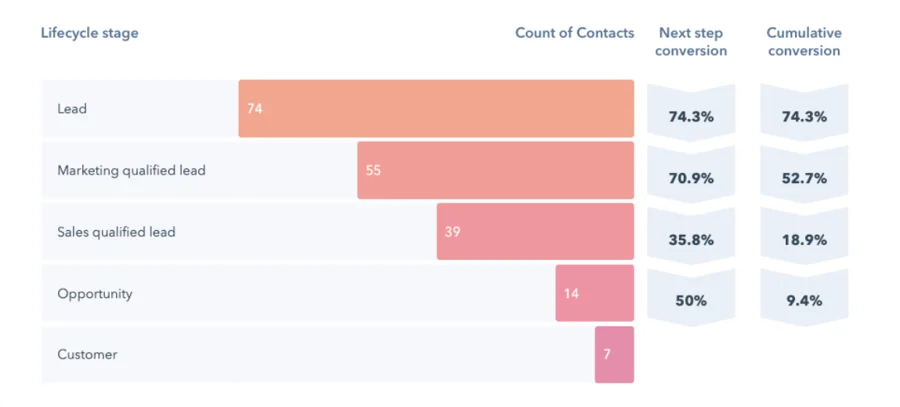
Lead Ads (Forms) on LinkedIn, Facebook and Google
Integrating Leads Ads on Facebook, LinkedIn, and Google Lead Ad Extensions with a CRM (Customer Relationship Management) system is a strategic approach that streamlines the lead management process and enhances the overall efficiency of your marketing efforts.
Benefits of integrating Leads Ads with a CRM:
- Automatic transfer of lead data reduces manual data entry and accelerates lead response time.
- Integration ensures consistency and accuracy of lead information between platforms.
- CRM becomes a central hub for managing leads, providing a unified view of leads from different advertising channels in one holistic view.
Facebook Leads Ads Integration with CRM:
Facebook Leads Ads are designed to capture lead information directly within the Facebook platform, eliminating the need for users to fill out external forms. Integrating this with a CRM allows for seamless transfer of lead data from Facebook to your CRM systems.
Process: When a user interacts with your Facebook Lead Ad and submits their information, the data is automatically sent to your CRM system. This integration ensures that the leads generated on Facebook are directly accessible within your CRM, enabling quick follow-up and lead nurturing.
Benefits: Real-time lead capture: Immediate transfer of leads to CRM for swift response.
Automated lead segmentation: Leads can be automatically categorised based on predefined criteria.
Efficient lead nurturing: Integration facilitates targeted and personalised follow-up actions.
LinkedIn Leads Ads Integration with CRM:
Similar to Facebook Leads Ads, LinkedIn Leads Ads allow you to collect lead data directly on the LinkedIn platform. Integrating with a CRM ensures a seamless flow of leads into your CRM database to be followed up by sales or by marketing through lead nurturing.
Process: Once a user engages with your LinkedIn Lead Ad and submits their information, the lead data is automatically transmitted to your CRM system. This integration simplifies the lead-handling process and provides a unified view of leads across platforms.
Centralised lead repository: All leads from LinkedIn are consolidated within your CRM.
Enhanced lead tracking: Visibility into LinkedIn campaign performance and lead interactions
Improved lead engagement: Efficiently manage and respond to LinkedIn-generated leads.
Google Lead Ad Extensions Integration with CRM:
Google Lead Ad Extensions enable users to submit their information directly through Google search ads. Integrating with a CRM allows you to capture and organise this lead data and follow up with this.
Process: When a user interacts with your Google Lead Ad Extension and provides their details, the lead information is automatically sent to your CRM system. This integration ensures that leads generated through Google Ads are efficiently processed and managed within your CRM
Streamlined lead flow: Leads from Google Ads seamlessly integrated into your CRM workflow.
Enhanced reporting: Comprehensive insights into lead performance and conversion metrics.
Unified lead management: All leads, regardless of the platform, are managed cohesively within the CRM.
In summary, integrating Leads Ads from Facebook, LinkedIn, and Google with a CRM system enhances lead management, improves response times, and provides valuable insights for more effective marketing strategies.
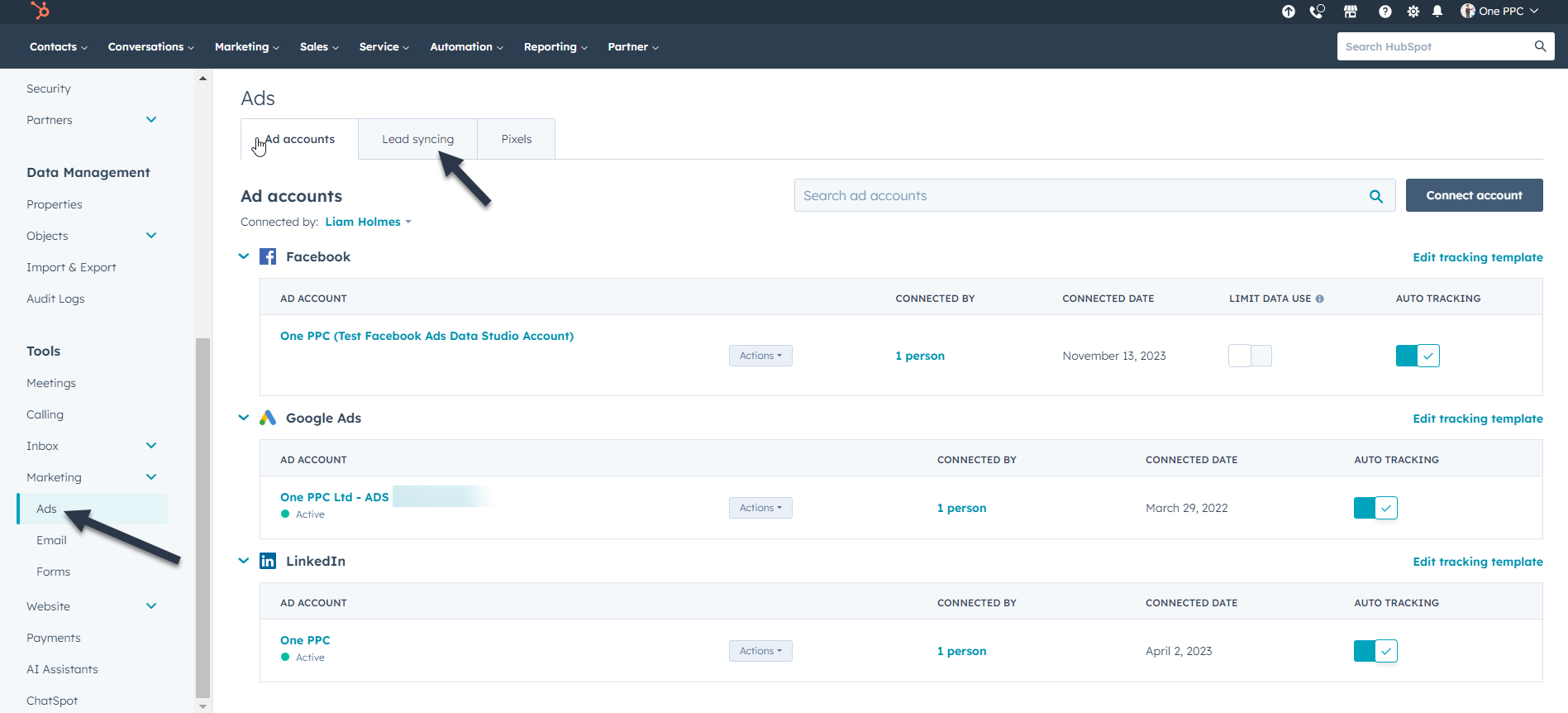
Elevating Lead Nurturing with Retargeting & Email Marketing
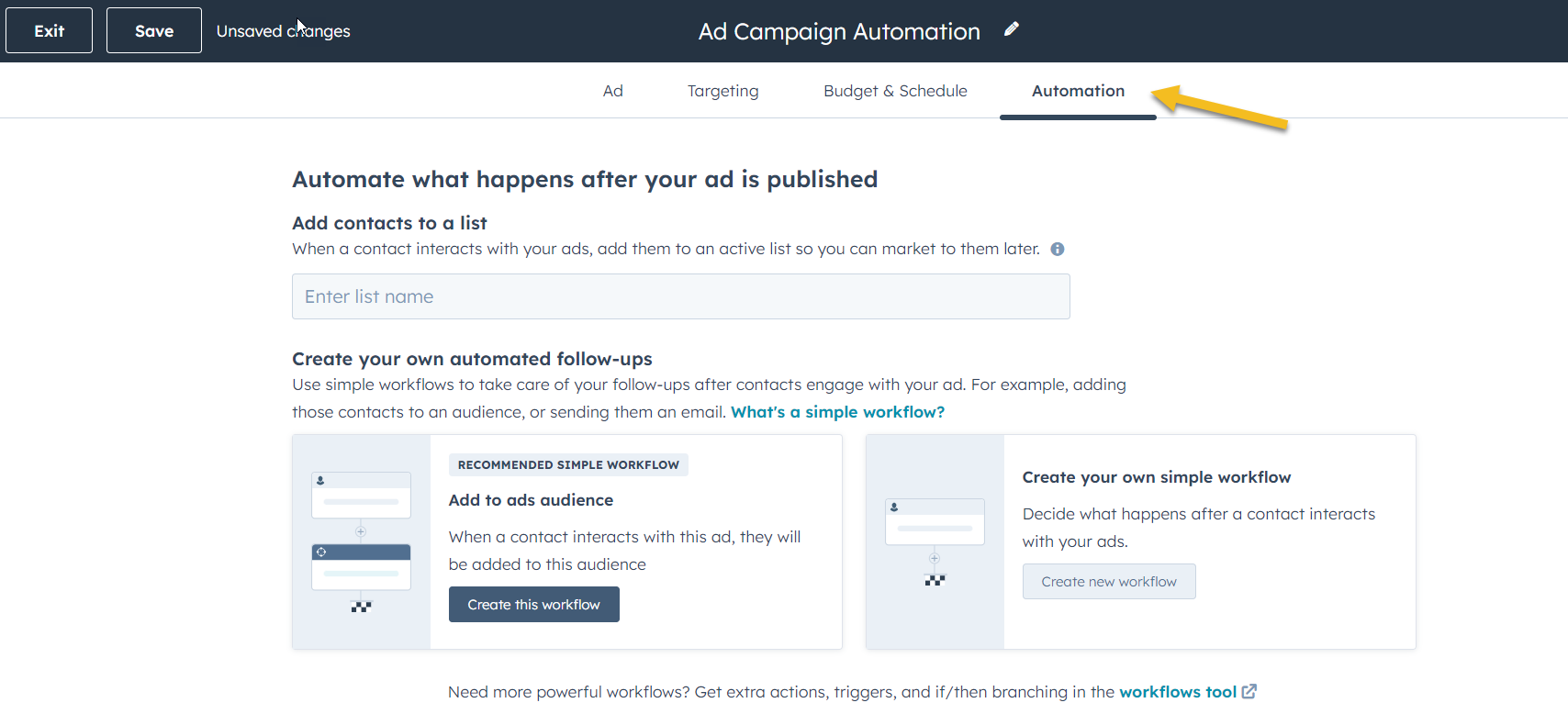
Audience Creation and Sharing 1st-party Data
Not all leads are ready to make a decision and may require nurturing to move through their buyer journey. CRM advertising enhances lead nurturing through email and remarketing to amplify the efficiency of these strategies. Here’s a comprehensive exploration:
Segmentation of Leads:
CRM Integration: Seamlessly integrate your CRM system with advertising platforms to segment leads based on behaviours, interactions, and demographics.
Targeted Campaigns: Capitalise on this segmentation to craft specific lead nurturing campaigns, tailoring email sequences or creating remarketing ads aligned with a lead’s position in the sales funnel, preferences, or past interactions.
Personalised Email Campaigns:
Leveraging CRM Data: Exploit the wealth of information stored in CRM systems, including preferences, purchase history, and engagement patterns.
Customised Content: Use this data to design highly personalised email campaigns, extending personalisation to addressing leads by name, suggesting products based on past purchases, or delivering content tailored to individual interests.
Automated Email Workflows:
CRM and Automation Integration: Integrate your CRM with marketing automation tools to establish email workflows.
Streamlined Nurturing: Design automated workflows triggered by specific CRM events, such as lead sign-ups or webinar event attendance. These workflows should comprise a series of targeted emails guiding leads through the nurturing journey.
Remarketing Ads:
CRM-Driven Segmentation: Segment leads within your CRM based on interactions with your website, email lists, company lists, and previous purchases.
Custom 1st-party Audiences: Utilise CRM data to create custom audiences for remarketing across platforms like Facebook, Google, or LinkedIn.
Precision in Remarketing: Showcase tailored ads to leads based on past actions, such as displaying service pages they viewed on your website or progressed through lead stages in your sales funnel.
Lead Scoring and Prioritisation:
Harnessing CRM Insights: Leverage lead scoring functionalities within CRM systems, considering engagement levels, behaviours, and demographics.
Strategic Outreach: Use lead scores to prioritise outreach efforts. Focus email campaigns and remarketing strategies on high-scoring leads, ensuring optimal resource allocation.
Closed-Loop Reporting:
CRM and Analytics Synergy: Integrate your CRM with analytics tools to establish closed-loop reporting.
Continuous Evaluation: Analyse how leads progress through the nurturing process, from initial interaction to conversion. Use these insights to continuously refine email campaigns and remarketing strategies.
Integration of Lead Lifecycle Stages:
Harnessing CRM Data: Organise your CRM database into lead lifecycle stages through integration.
Strategic Ad Tailoring: Identify prospects in different stages of the buyer funnel (awareness, consideration, or conversion) and tailor ads accordingly, guiding them through the funnel to increase the likelihood of conversion.
Retargeting Strategies:
Synchronisation of Lifecycle Stages: Sync lead lifecycle stages from CRM to ad platforms for a pivotal advantage in retargeting.
Targeted Ad Deployment:
Capitalise on this information, deploying targeted ads that guide prospects through prolonged sales cycles and motivate them along the buyer’s journey.
Additionally, use retargeting for upselling and cross-selling to existing customers.
Enhanced Advertisement Creation:
Use the understanding gained from CRM data to create more resonant advertisements and fine-tune campaign strategies for optimal lead quality and enhanced return on investment.
In essence, integrating lead lifecycle stages from a CRM empowers advertisers to strategically nurture leads, refine retargeting efforts, bridge the gap between online and offline behaviour, and gain valuable insights to augment lead quality and campaign effectiveness.
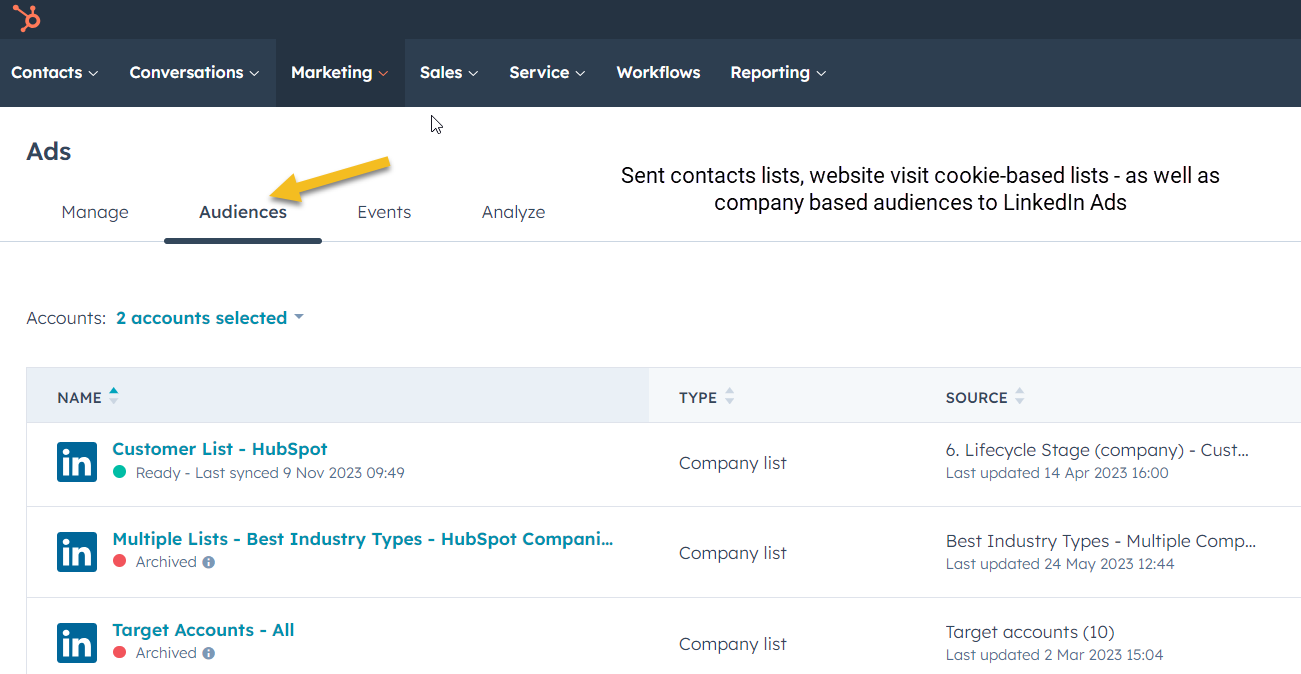
Embarking on Your CRM Advertising Journey
As you venture into the world of CRM advertising, you can make data-driven decisions, improve targeting, optimisation and reporting. When you’re ready to embark on this transformative journey, let us guide you through the intricate maze of CRM-powered advertising for a future of enhanced engagement and growth.
Define your Integration Capabilities
Decide what your requirements are and what needs to be done to complete the project.
Select Your CRM Platform:
If you already have a CRM. determine its ability to to integrate directly with ad platforms. If your CRM does not have native integration with ad platforms like Google, Facebook and LinkedIn, using Zapier.com as an integration gateway is an option. Another option is to just use a CRM built with advertising in mind out of the box.
Harmonise CRM and Advertising:
The next stride involves integrating your chosen CRM platform with an advertising counterpart. This synchronisation empowers you to craft tailored audiences based on your CRM insights and target them effectively.
Build 1st-party Audiences:
With the integration of your CRM and advertising platforms, commence the creation of first party audiences. This is achieved by defining the criteria that best align with your ad targeting objectives. For instance, you might shape an audience comprising customers who’ve made specific purchases within the past year, or a Lookalike/Matched audience of these customers.
Audience Targeting Ads:
Once custom audiences are formed, it’s time to steer your ad targeting efforts. Pick the advertising platform of your choice and initiate the formulation of ad campaigns. As you embark on this journey, leverage your CRM data to craft ads that resonate personally and relevantly with your audience.
Optimisation: Bidding, machine learning & AI
Make sure the CRM system has the ability to pass offline conversions of leads that progress through your lead lifecycle back to the ad platform(s).
Evolution through Analysis:
The process doesn’t end with ad deployment. Regularly assess the performance of your campaigns and use these insights to refine your strategies. Employ analytics and metrics to gauge the impact of your CRM-powered advertising efforts, making informed adjustments as needed.
How to Create Audiences for Targeting
Audience creation and sharing 1st-party data with ad platforms like Google, LinkedIn, and Facebook through a CRM system is key in CRM advertising. This process involves leveraging the information stored within a CRM to refine and target advertising efforts effectively. Here’s a breakdown of how this is achieved:
Google Ads:
Integration: Seamlessly integrate your CRM with Google Ads to leverage 1st-party data for audience creation.
Data Utilisation: Utilise CRM data to create custom audiences based on various criteria such as demographics, behaviours, and interactions.
Refined Targeting: Tailor your Google Ads campaigns to target specific segments within your CRM, ensuring more relevant and personalised advertising..
Enhanced Reporting: Obtain insights beyond standard Google Ads reporting, such as cost per customer, cost per sales quote/deal/proposal, and cost vs revenue (ROAS).
LinkedIn Ads:
CRM Integration: Integrate your CRM with LinkedIn Ads to harness 1st-party data for audience creation.
Company List Targeting: Leverage CRM data to create audiences based on company names of past website visitors, using the IP address of the company domain.
Enhanced Targeting Precision: Refine your targeting on LinkedIn by utilising CRM insights to reach specific companies or professionals within your database.
Improved Ad Customisation: Enhance ad customisation based on CRM insights, leading to more effective campaigns and increased conversion rates.
Facebook Ads:
Import a range of audiences from your CRM into Facebook Ads for targeted advertising.
Lead Lifecycle Synching:
Synchronise lead lifecycle changes from your CRM to inform Facebook about lead quality, optimising bidding and budgeting for maximum sales revenue.
CRM Integration: Integrate your CRM with Facebook Ads for efficient sharing of 1st-party data.
Lead Quality Optimisation: Inform Facebook about lead quality through lead lifecycle changes, enabling better optimisation of bidding and budget for improved sales revenue.
In summary, integrating a CRM system with ad platforms enables the creation of custom audiences and the sharing of 1st-party data. This approach enhances the precision and effectiveness of advertising efforts, ensuring that campaigns are tailored to specific audience segments and leveraging valuable CRM insights for optimal results.
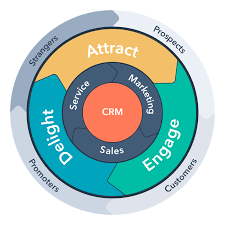
Conclusion
CRM advertising is a transformative tool that elevates businesses’ ad campaigns. By leveraging CRM data to craft targeted ads for specific audiences, businesses can develop personalised and relevant content that resonates effectively with their target demographic. This results in more lucrative advertising, boasting higher conversion rates and increased customer lifetime value.
Considering a boost for your ad campaigns? CRM advertising stands out as an excellent choice. While Google Ads, LinkedIn Ads, and Facebook Ads are potent individually, integrating them with a CRM system unlocks a realm of untapped potential. Streamline processes, target precisely, analyse comprehensively, manage budgets effectively, personalise content, automate tasks, and emerge victorious – all made achievable with the support of a robust CRM system.
Seize control of your advertising triumphs today; don’t let competitors outpace you.
📞 Ready to explore the world of CRM? Connect with our experts and witness how we can revolutionise your advertising campaigns into revenue-generating powerhouses. Embrace the future of advertising now! 🎉
